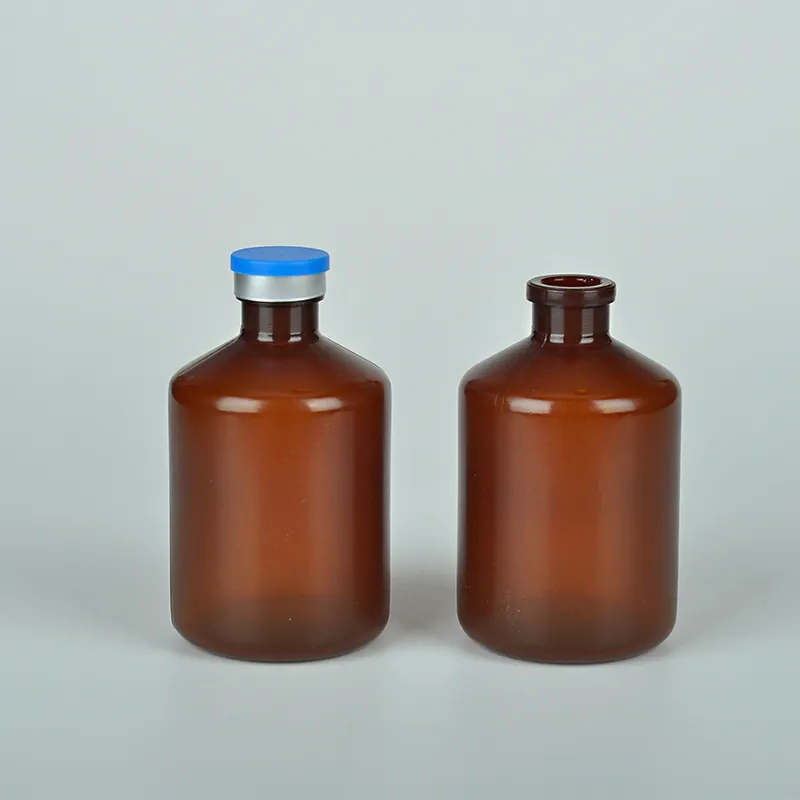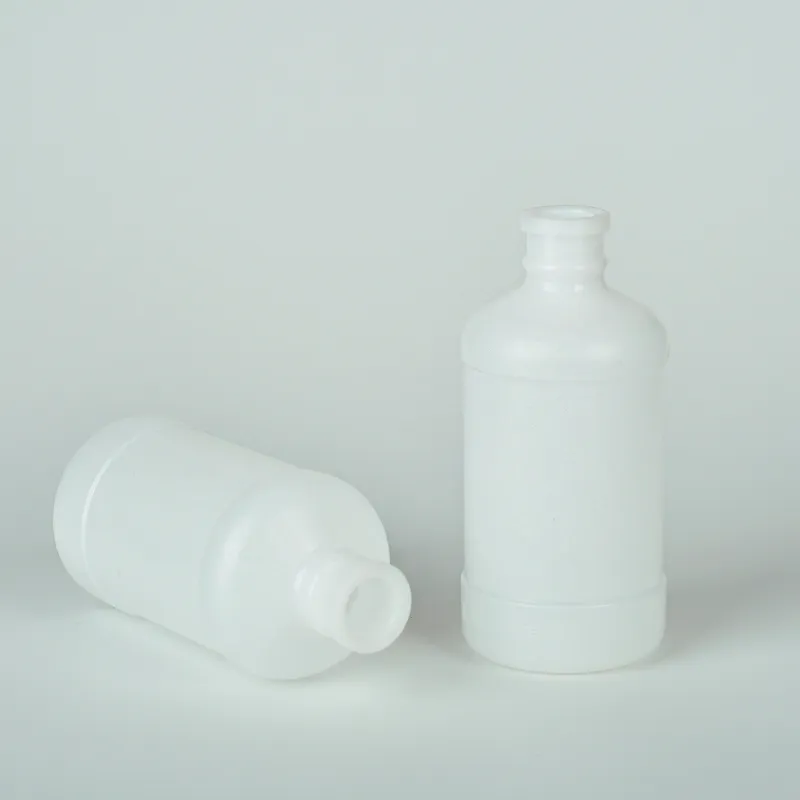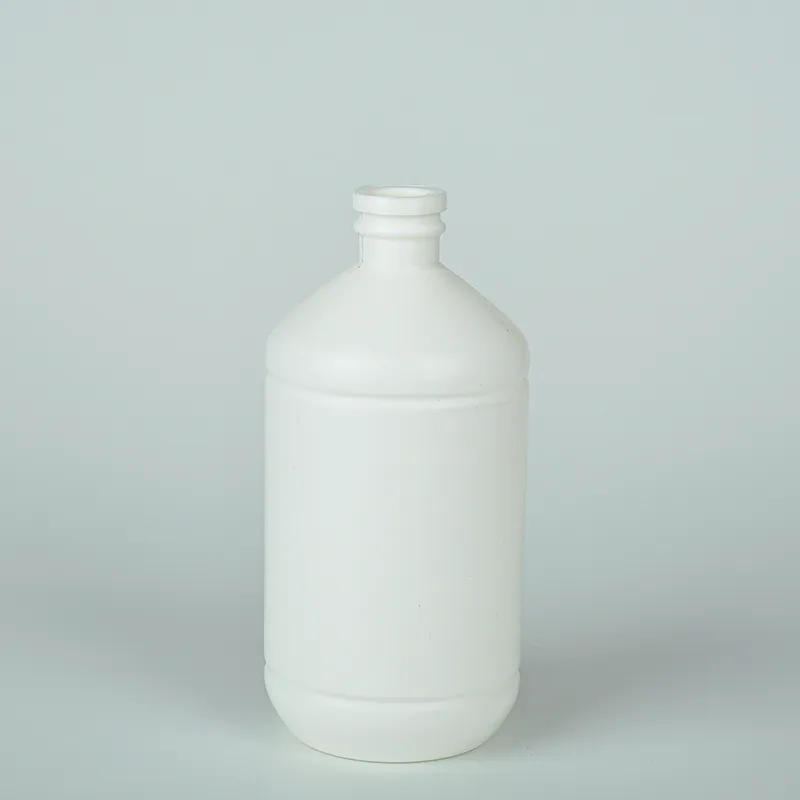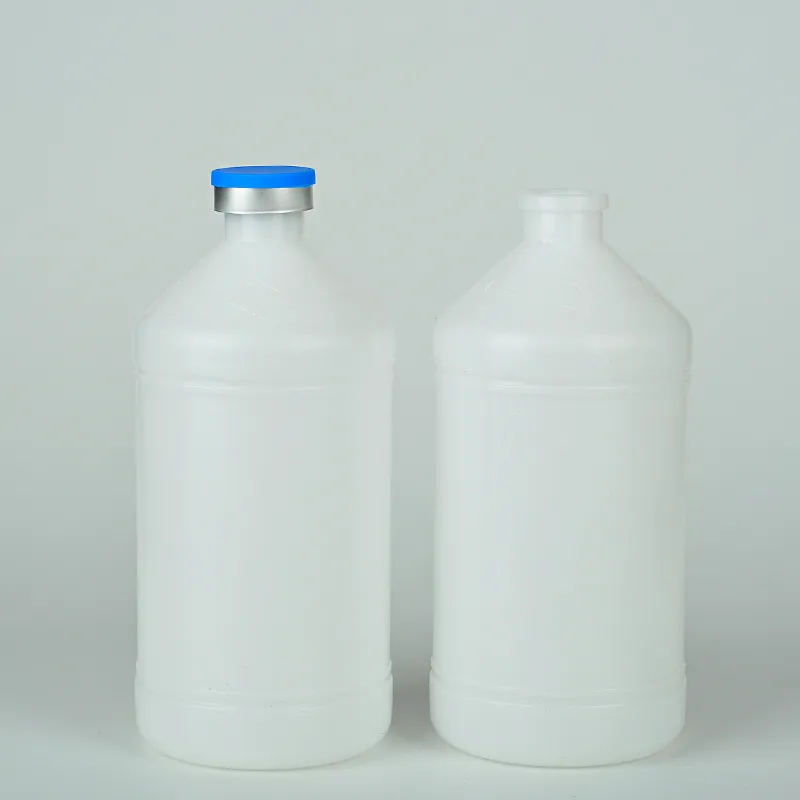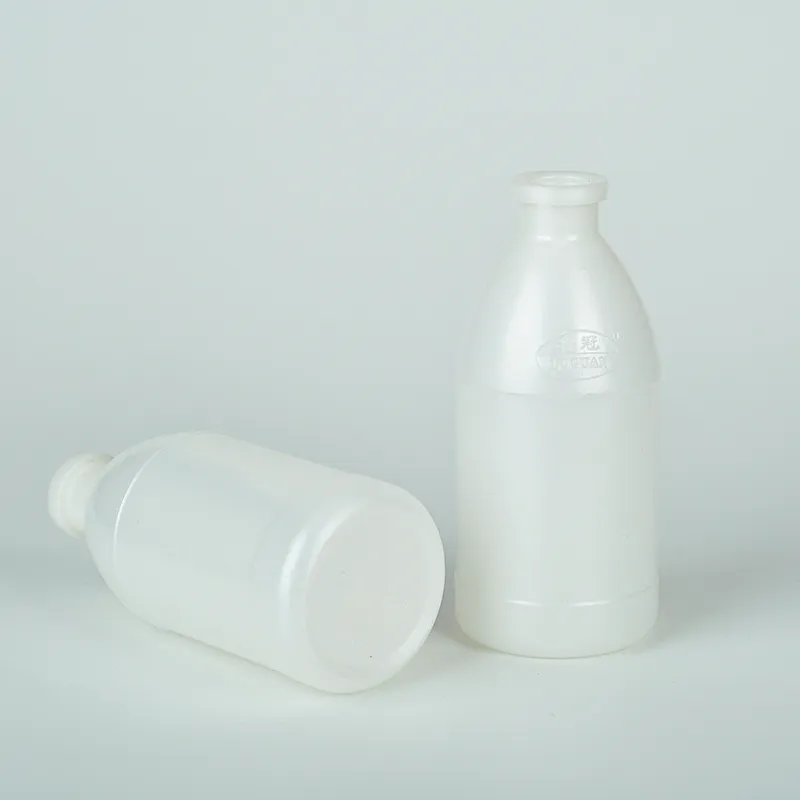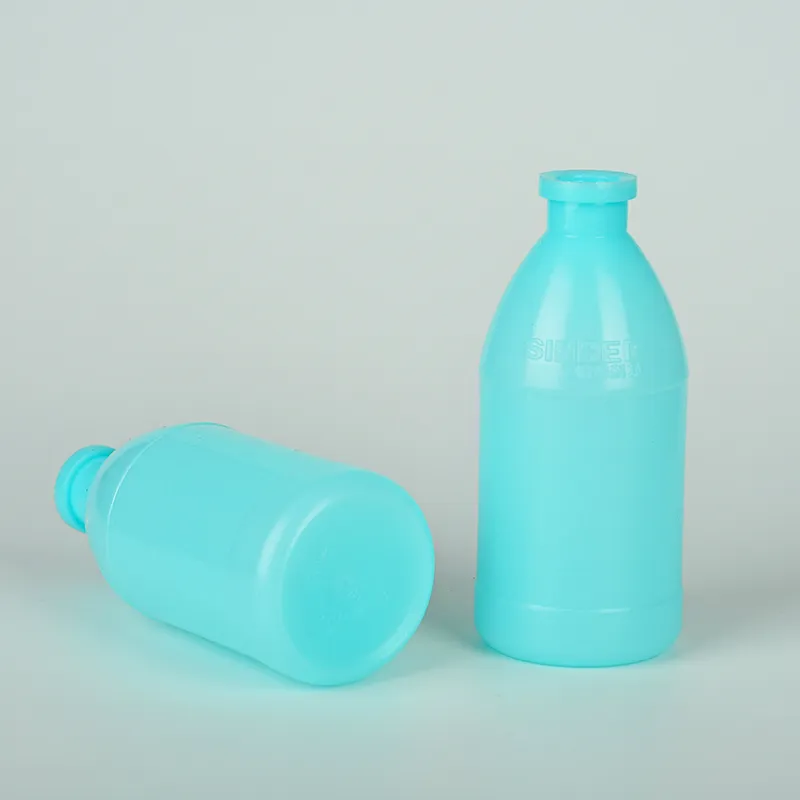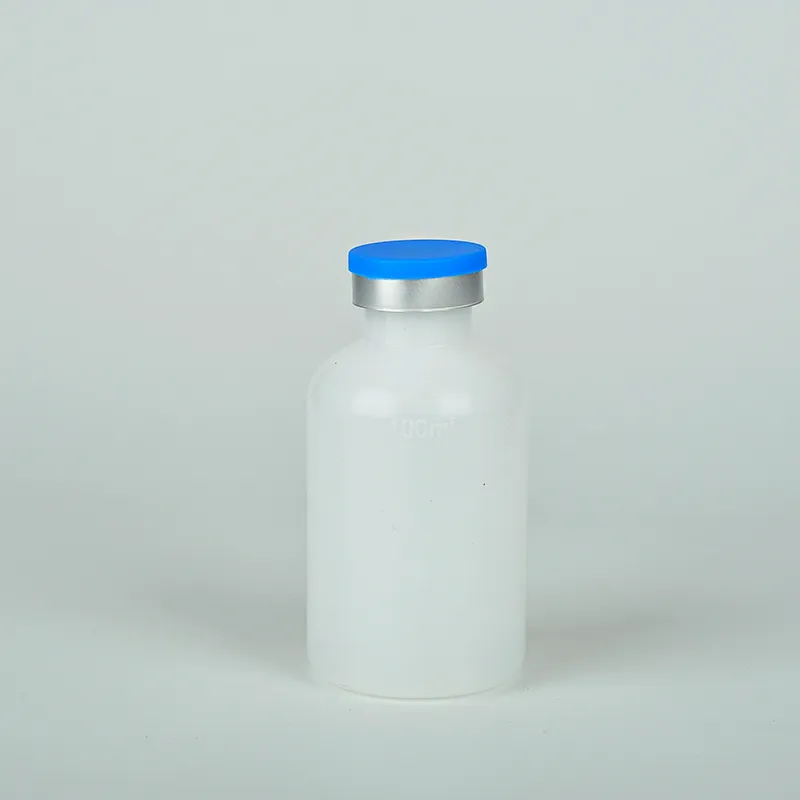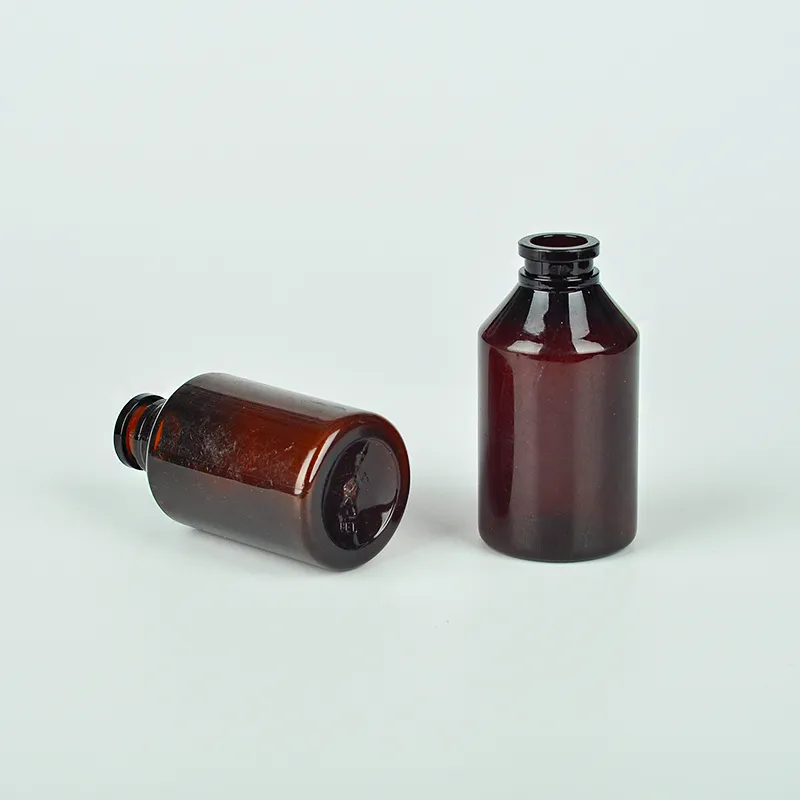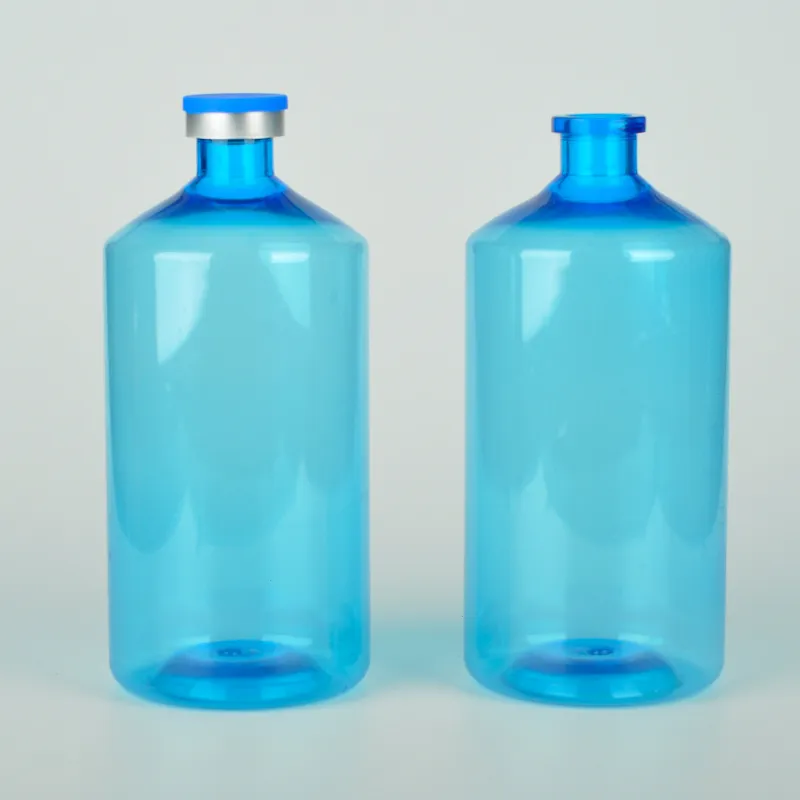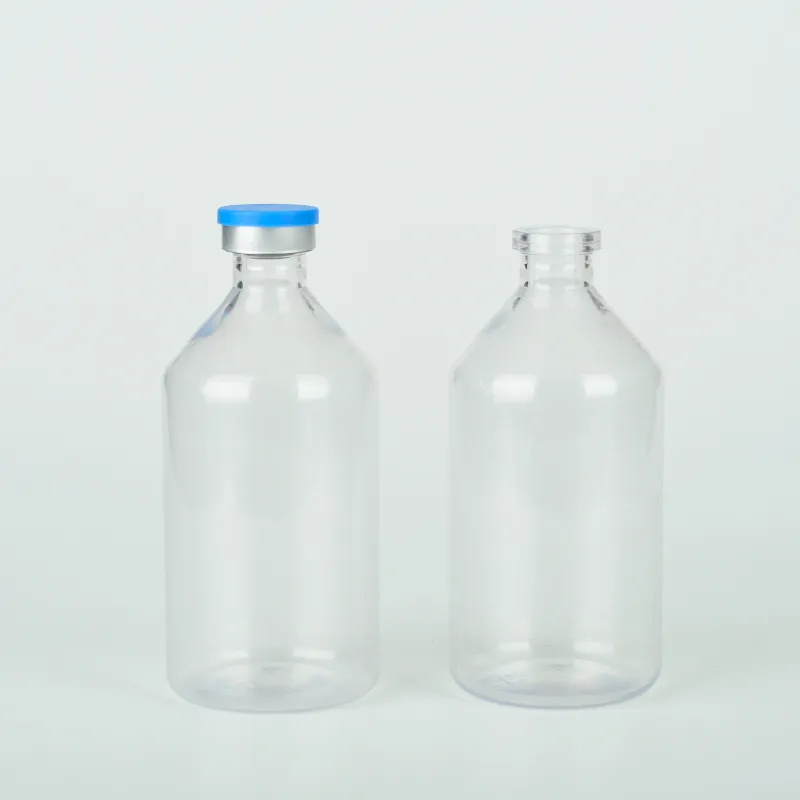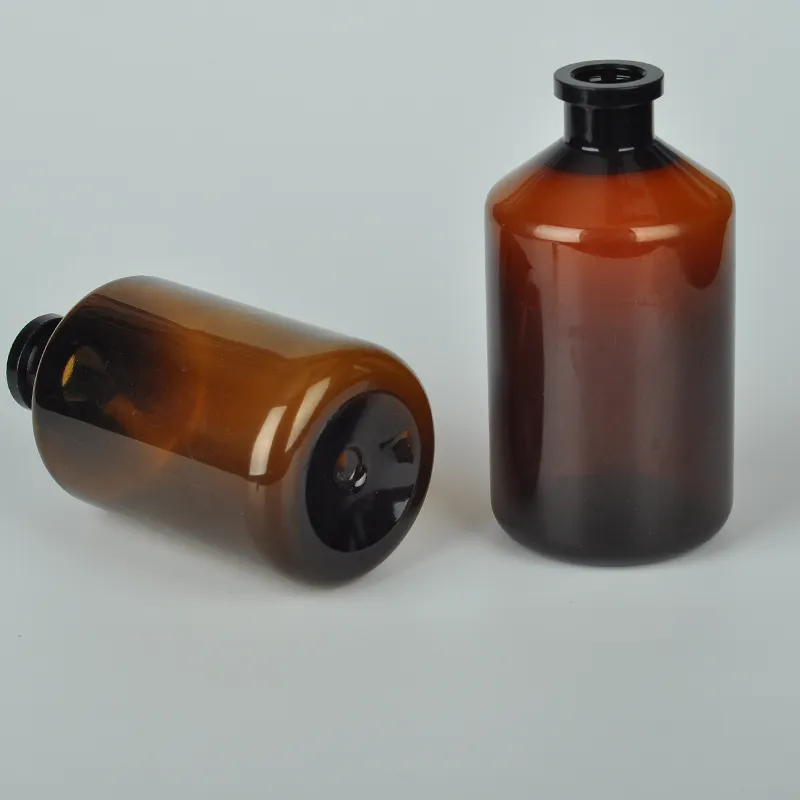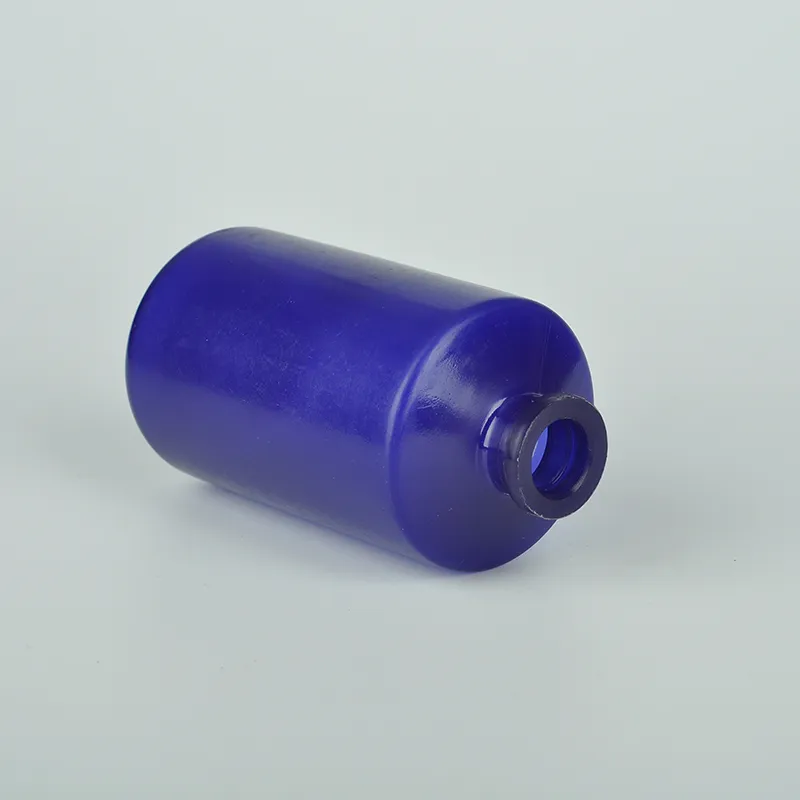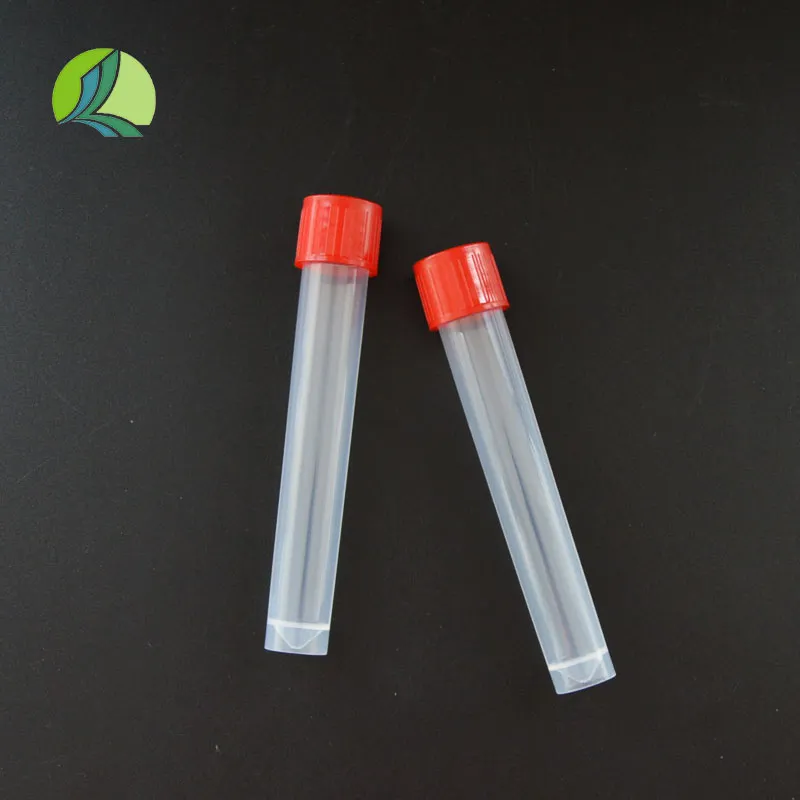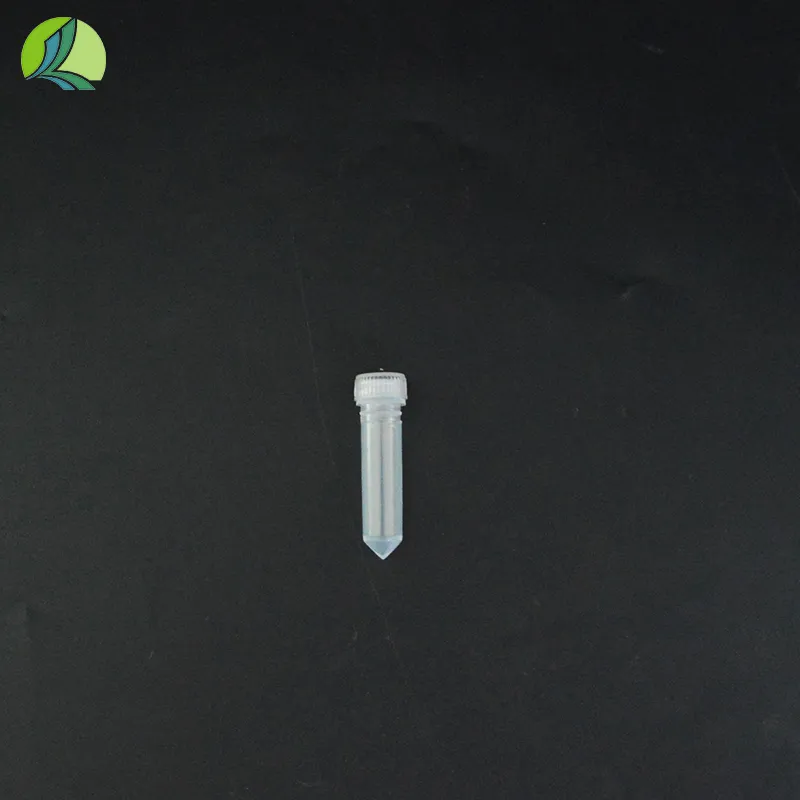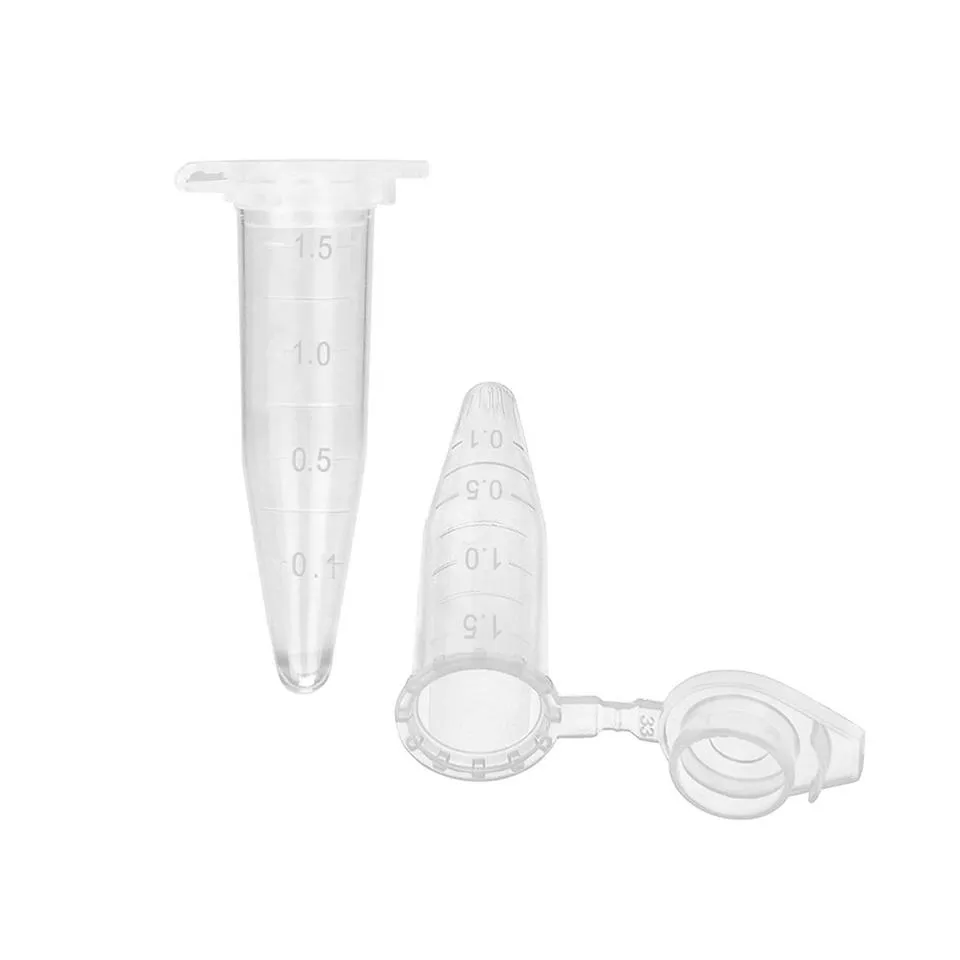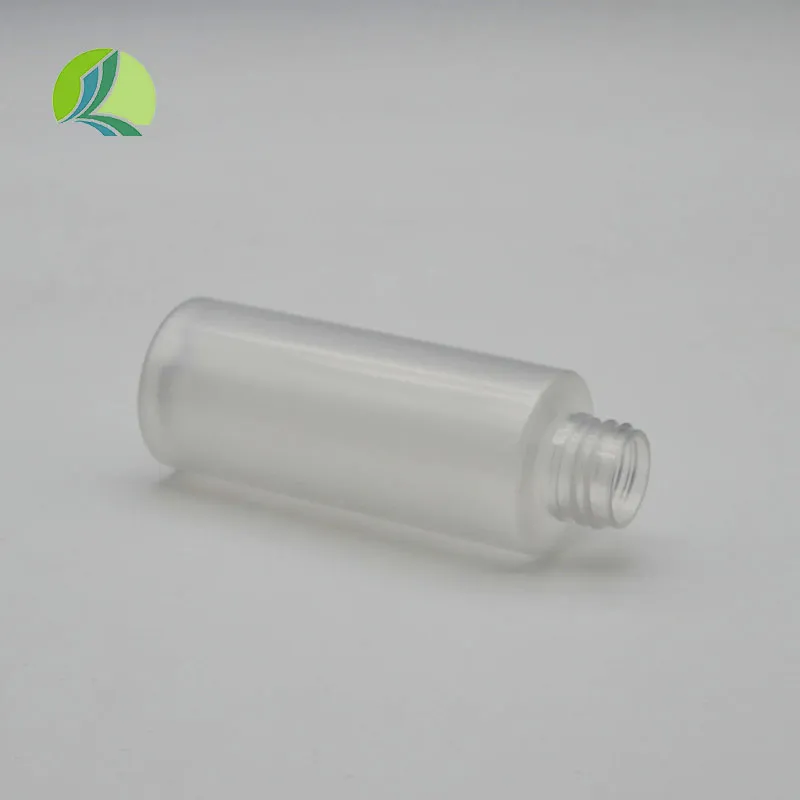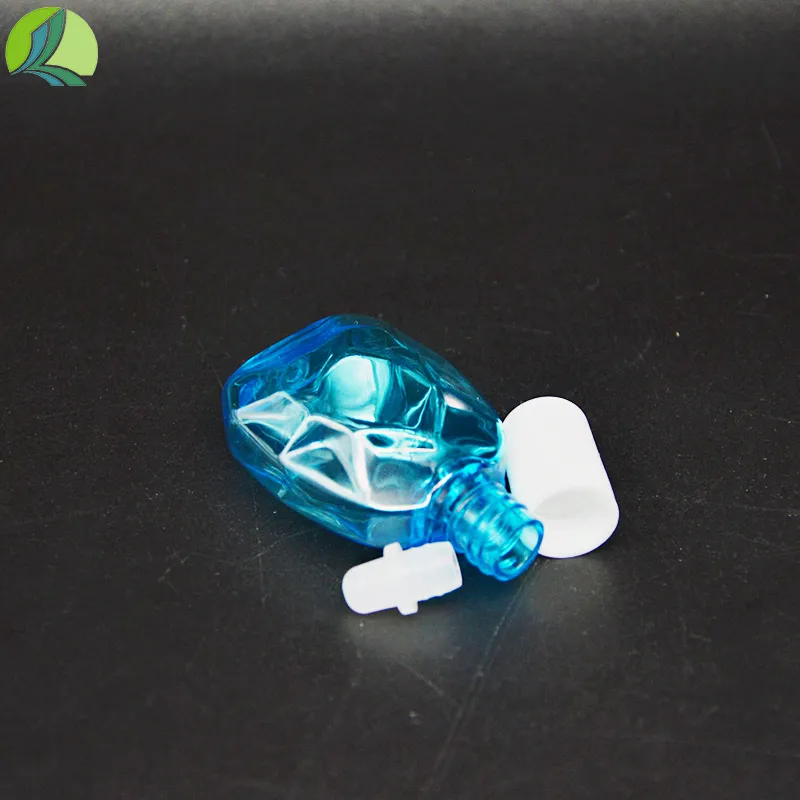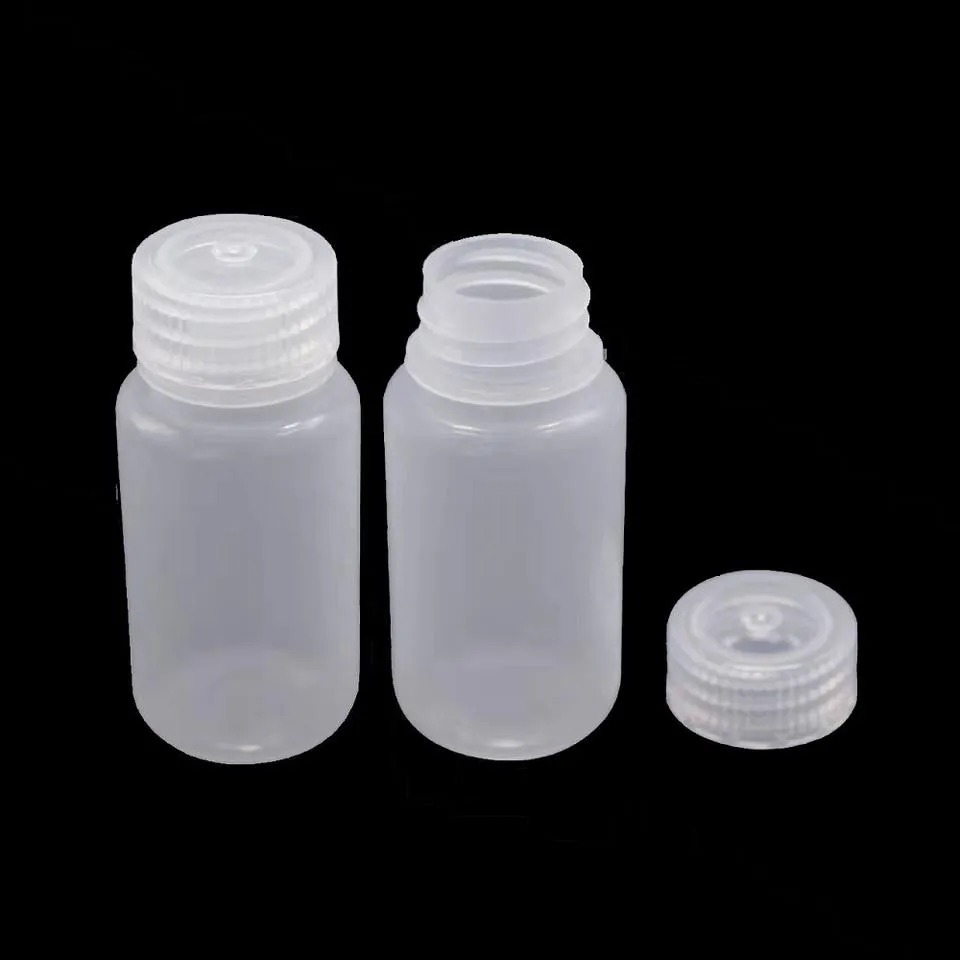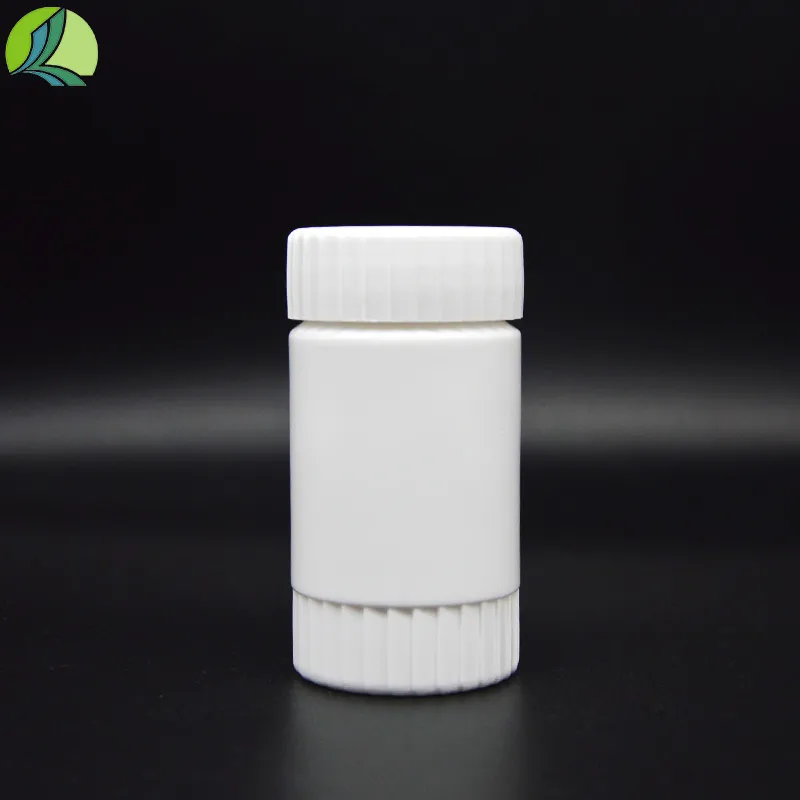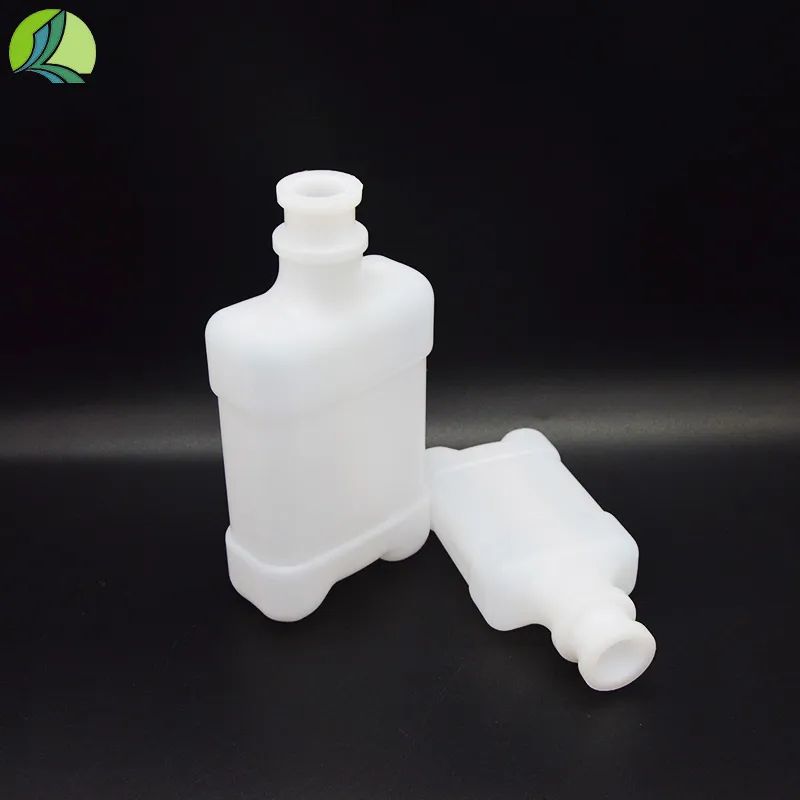plastic soda bottles
The Environmental Impact of Plastic Soda Bottles
In today's world, convenience often comes at a cost, and plastic soda bottles exemplify this dilemma
. Made primarily from polyethylene terephthalate (PET), these bottles are lightweight, durable, and inexpensive, making them the packaging choice for many beverage companies. However, their widespread use has led to significant environmental challenges, raising questions about sustainability and waste management.Plastic soda bottles have become a ubiquitous part of consumer culture. Globally, millions of plastic bottles are used every day, a statistic that reflects our insatiable thirst for convenience. In the United States alone, approximately 29 billion plastic beverage bottles are purchased annually. While the convenience of grabbing a cool soda on the go is undeniable, the long-life cycle of plastic means that many bottles will linger in landfills or the natural environment for hundreds of years after disposal.
One of the major issues with plastic soda bottles is their contribution to pollution. When improperly discarded, these bottles can find their way into rivers, oceans, and other natural habitats, wreaking havoc on ecosystems. Marine life, in particular, is severely affected; animals often ingest plastic debris, mistaking it for food or become entangled in it. This can lead to injury or death, creating a ripple effect through the food chain and ultimately impacting human health as well.
plastic soda bottles

Recycling is one solution that has been touted to counteract the negative impacts of plastic bottles. In theory, recycling can significantly reduce the amount of new plastic produced and the waste generated. However, the reality is more complex. In the U.S., only about 29% of plastic bottles were recycled in recent years, leaving a majority to end up in landfills or littered across the environment. Compounding this issue is the fact that even recycled plastics can only be processed a limited number of times before they degrade in quality, making the need for continuous new production unavoidable.
As consumers become increasingly aware of the environmental implications of their choices, there is a growing movement towards alternatives to single-use plastic. Some companies are beginning to offer beverages in glass, aluminum, or other more sustainable packaging options. Additionally, innovations in biodegradable materials and refillable containers are emerging as viable replacements for traditional plastic bottles. The push for sustainability is not just a trend; it is a necessary shift in how society approaches consumption and waste.
Education and advocacy are also crucial components of addressing the plastic bottle crisis. Encouraging responsible disposal, supporting recycling initiatives, and promoting awareness about the impacts of plastic waste can lead to significant changes in consumer behavior. Individuals can make a difference by choosing to use reusable bottles, reducing their own plastic consumption, and advocating for policies that promote sustainable practices.
In summary, while plastic soda bottles offer undeniable conveniences in our fast-paced world, their environmental repercussions cannot be ignored. The challenge lies not only in finding effective recycling solutions but also in fostering a culture that prioritizes sustainability. Transitioning away from single-use plastics may require significant effort and change, but it is undoubtedly a crucial step toward protecting our planet for future generations. Through collective action, innovation, and a commitment to responsible consumption, we can work towards a more sustainable future, free from the burdens of plastic waste.
-
Aesthetic Makeup Spray Bottles | Fine Mist Empty RefillableNewsAug.19,2025
-
White Plastic Veterinary Vaccine Vials | Lab Liquid BottlesNewsAug.18,2025
-
Plastic Medicine Liquid Bottle: Secure Flip Top Drug VialsNewsAug.17,2025
-
Durable 250ml Blue Plastic Vaccine Vial for Lab & Vet UseNewsAug.16,2025
-
Sterile Virus Sample Tubes: Secure & Reliable Specimen CollectionNewsAug.15,2025
-
White 250ml Plastic Vaccine Vial for Lab & Vet MedicineNewsAug.14,2025





